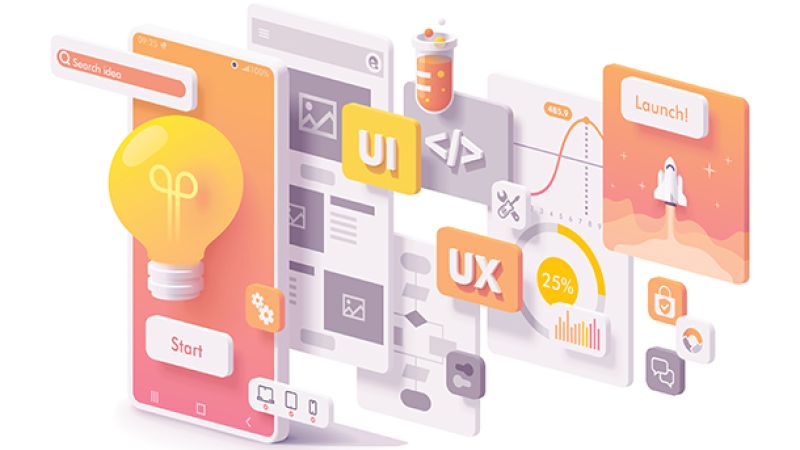Custom App Development Process
The custom app development process typically involves the following steps:
-
Define the problem: The first step in the development process is to clearly define the problem that the app will solve. This involves conducting market research to understand the needs of the target audience and identifying any existing solutions that may already be available.
-
Plan the app: Once the problem has been defined, the next step is to create a detailed plan for the app. This includes identifying the features and functionality that will be included, creating a user flow and wireframes, and outlining the technical requirements.
-
Design the app: The design phase involves creating the visual elements of the app, including the user interface (UI) and user experience (UX). This may involve creating prototypes, mockups, and wireframes to visualize how the app will look and function.
-
Build the app: Once the design is complete, the development team can begin building the app. This involves writing code and integrating the various features and functionality that were outlined in the planning phase.
-
Test the app: Before the app is released, it is important to thoroughly test it to ensure that it is functioning as intended. This may involve conducting usability testing, performance testing, and other types of testing to identify and fix any issues.
-
Launch the app: Once the app has been tested and is ready for release, it can be launched on the appropriate app store or platform. This may involve creating marketing materials and promoting the app to potential users.
-
Maintain the app: Even after the app has been launched, it is important to continue updating and maintaining it to ensure that it remains relevant and functional. This may involve fixing bugs, adding new features, and updating the app to keep up with changes in technology and user needs.












